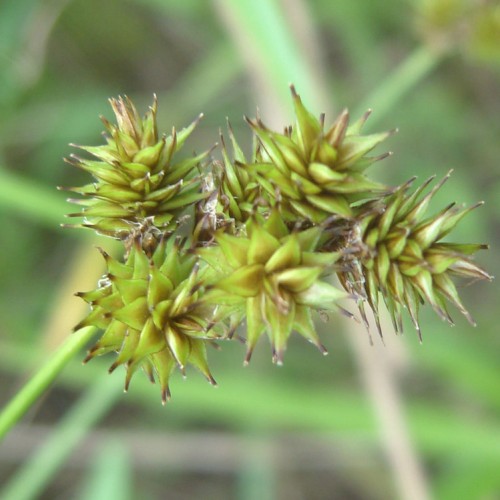
Little Green Sedge
Carex viridula subsp. brachyrrhyncha var. saxilittoralis
Watering:
Average
Hardiness Zone:
Sun:
full sun,part shade
Leaf:
Yes
Growth Rate:
Low
Drought Tolerant:
Yes
Salt Tolerant:
Yes
Care Level:
Medium
watering
The watering requirements of Greenish Sedge (Carex viridula subsp. viridula var. viridula) is typically moderate. The plant needs to be watered about every 1-2 weeks during the growing season (usually from spring to mid-fall), allowing the top 1-2 inches of soil to dry out between waterings. During dryer periods, water more frequently or increase the amount of water given. In winter, the plant should be watered lightly every 3-4 weeks, as this is the non-growing season for the plant.
sunlight
Greenish Sedge (Carex viridula subsp. viridula var. viridula) does best in full sun and thrives in moist, acidic soils. This species enjoys temperatures between 40-90°F and needs at least 6 hours of direct sunlight daily. For the healthiest, densest foliage, give Greenish Sedge full sun during the growing season, but it will tolerate shade. The plant's leaves may turn yellow if exposed to too much sun.
pruning
Greenish Sedge should be pruned either in the spring before new growth begins or in the late summer/early fall when new growth has slowed. Pruning can be done by cutting the foliage back to the desired height with hand-held pruners. Removing excessive growth will encourage the plant to produce bushier more compact foliage and help to maintain a neat, healthy appearance. Doing a combination of both spring and autumn pruning will ensure that the healthiest, strongest foliage is maintained.
